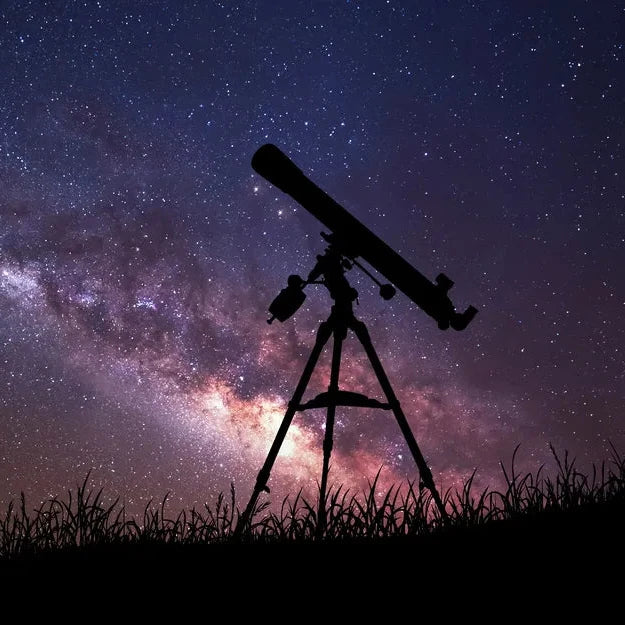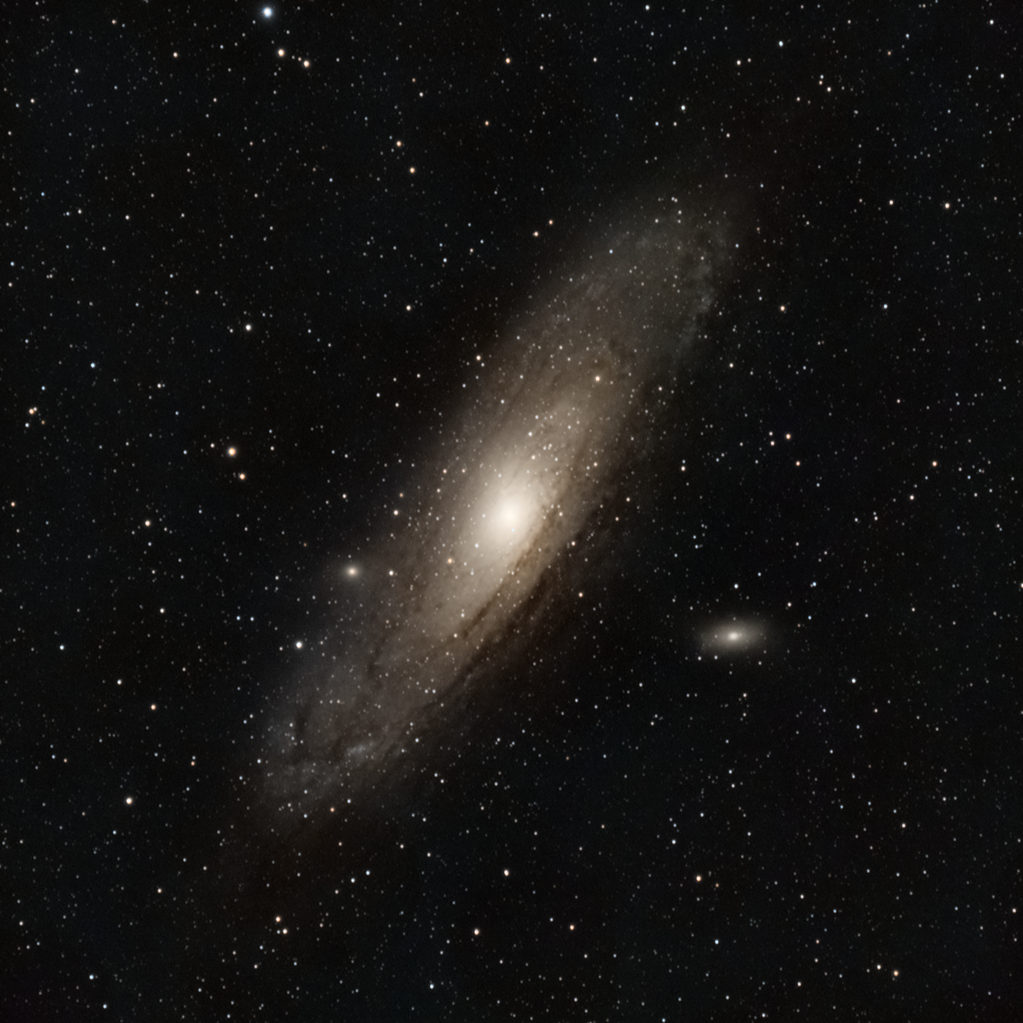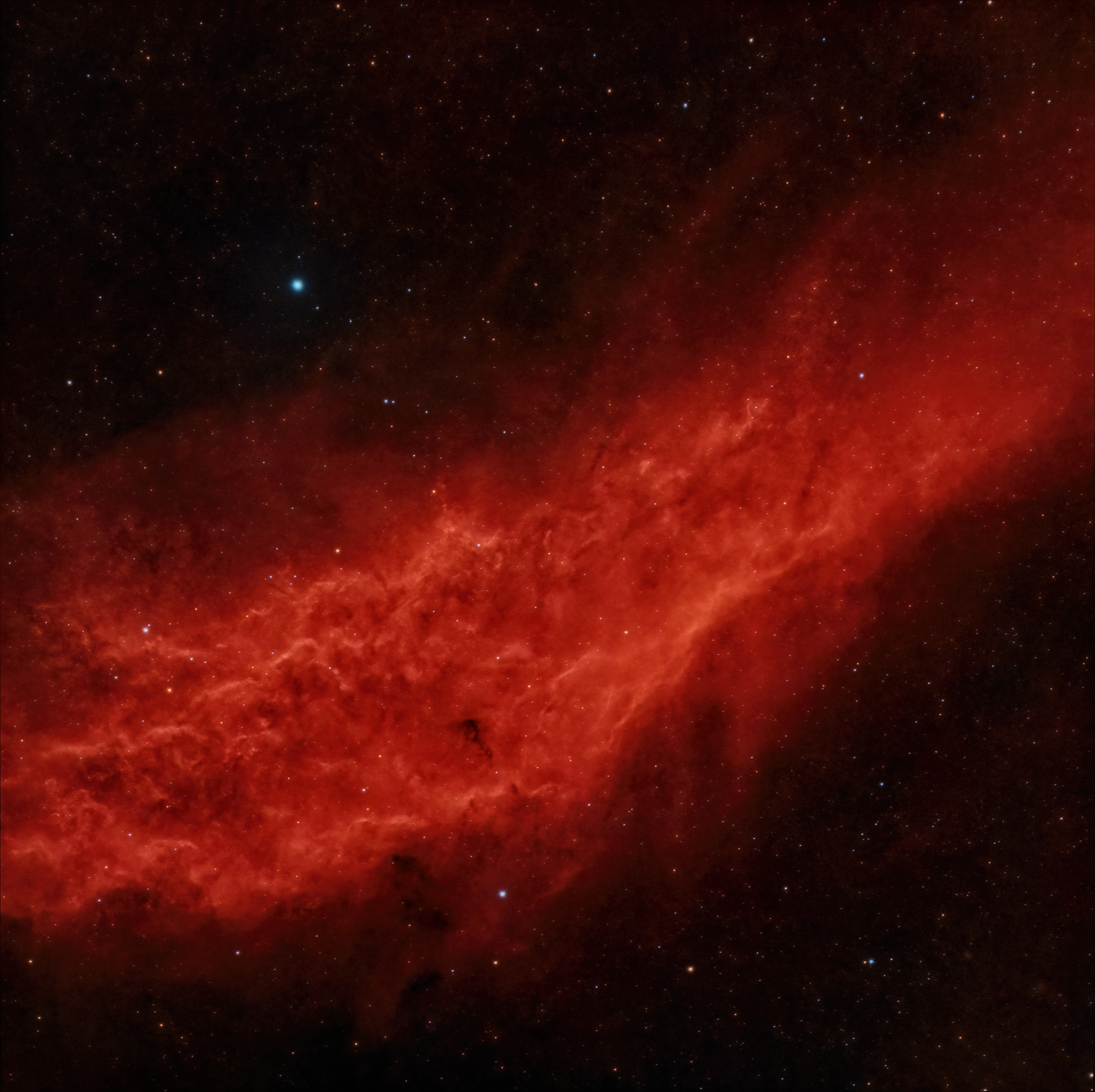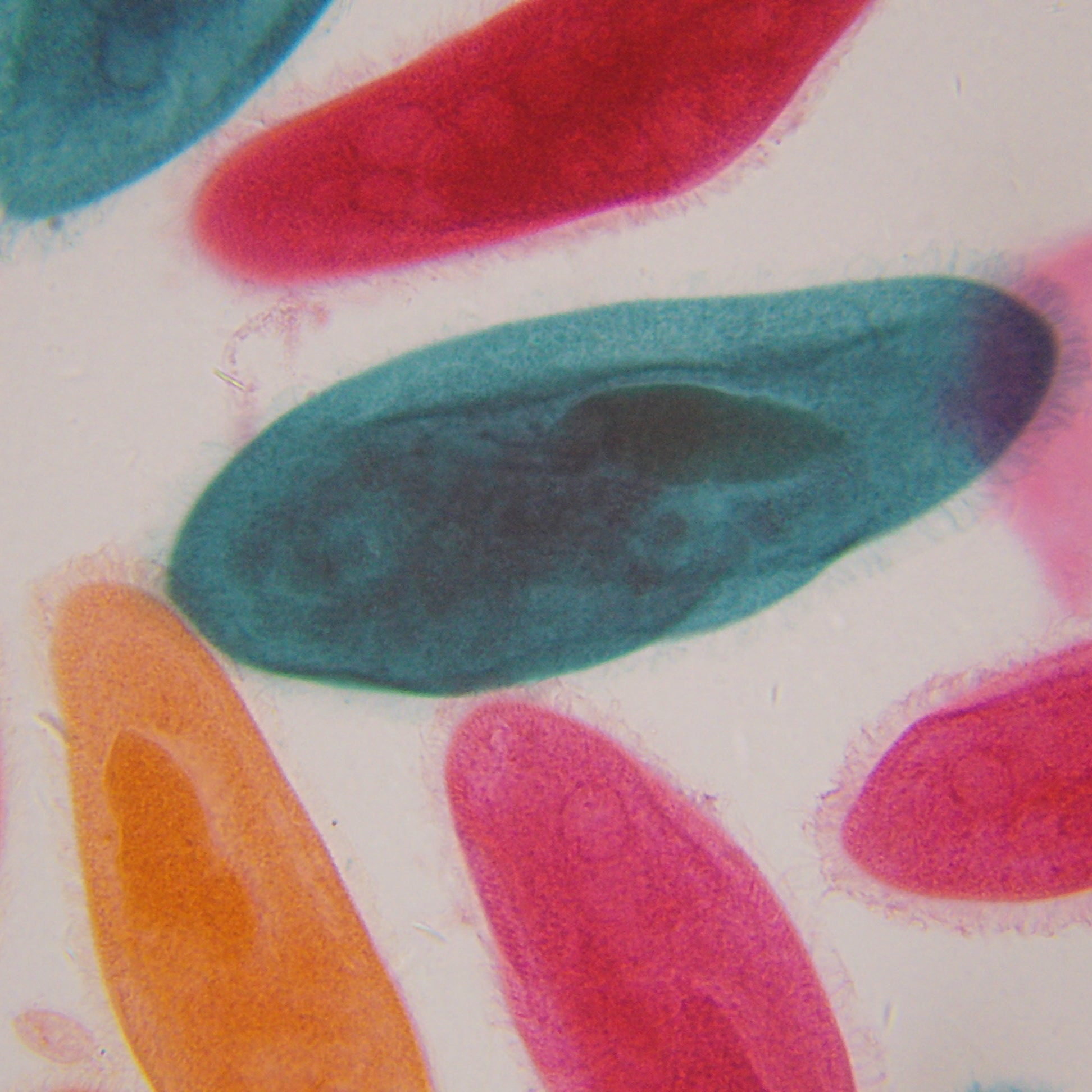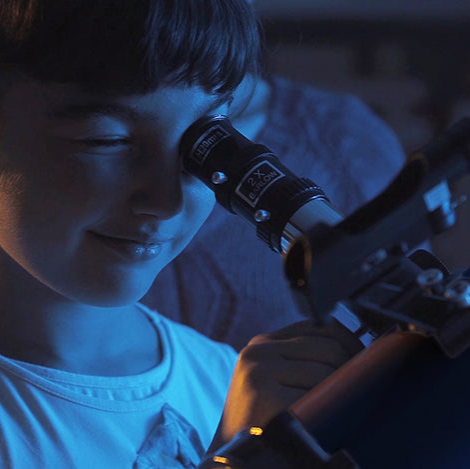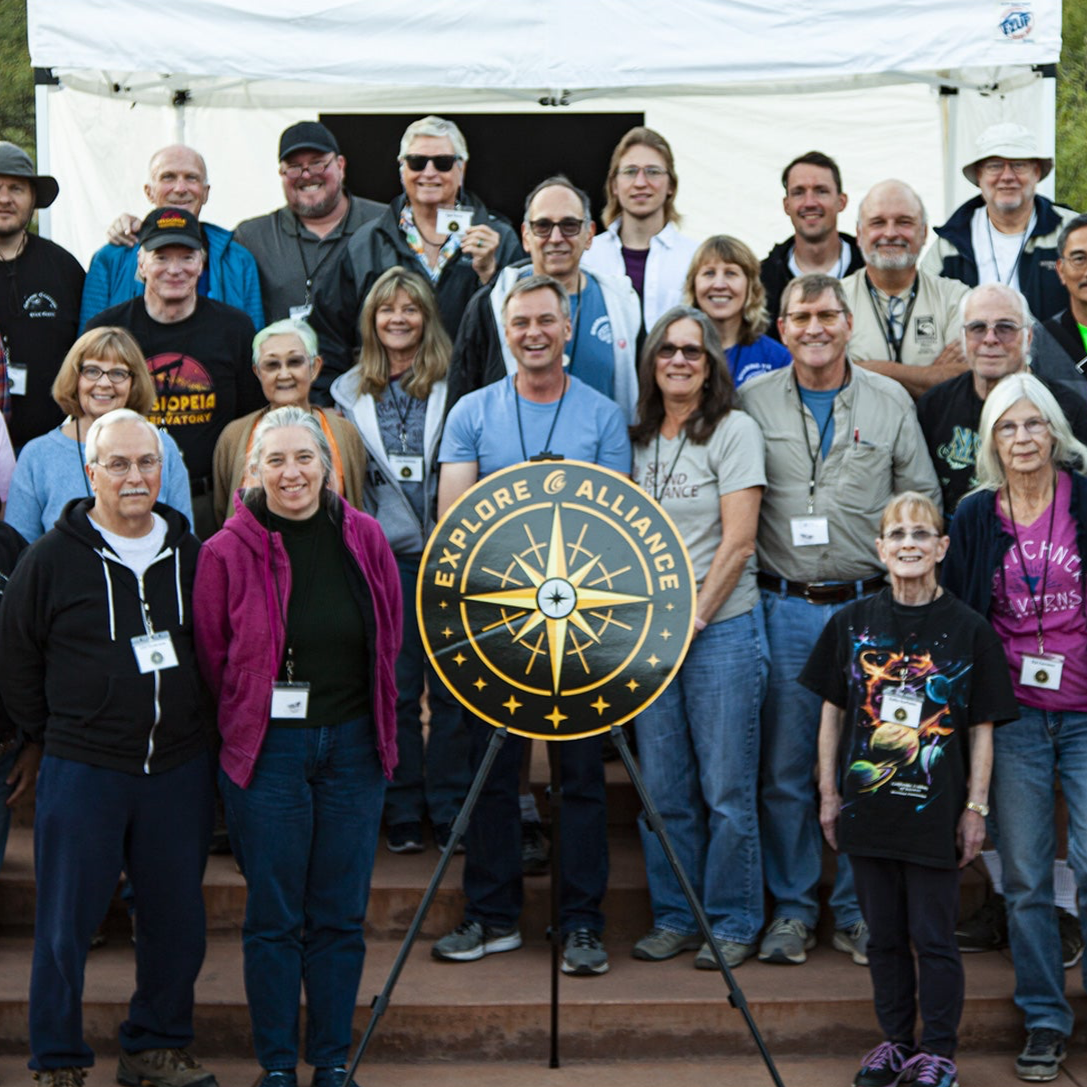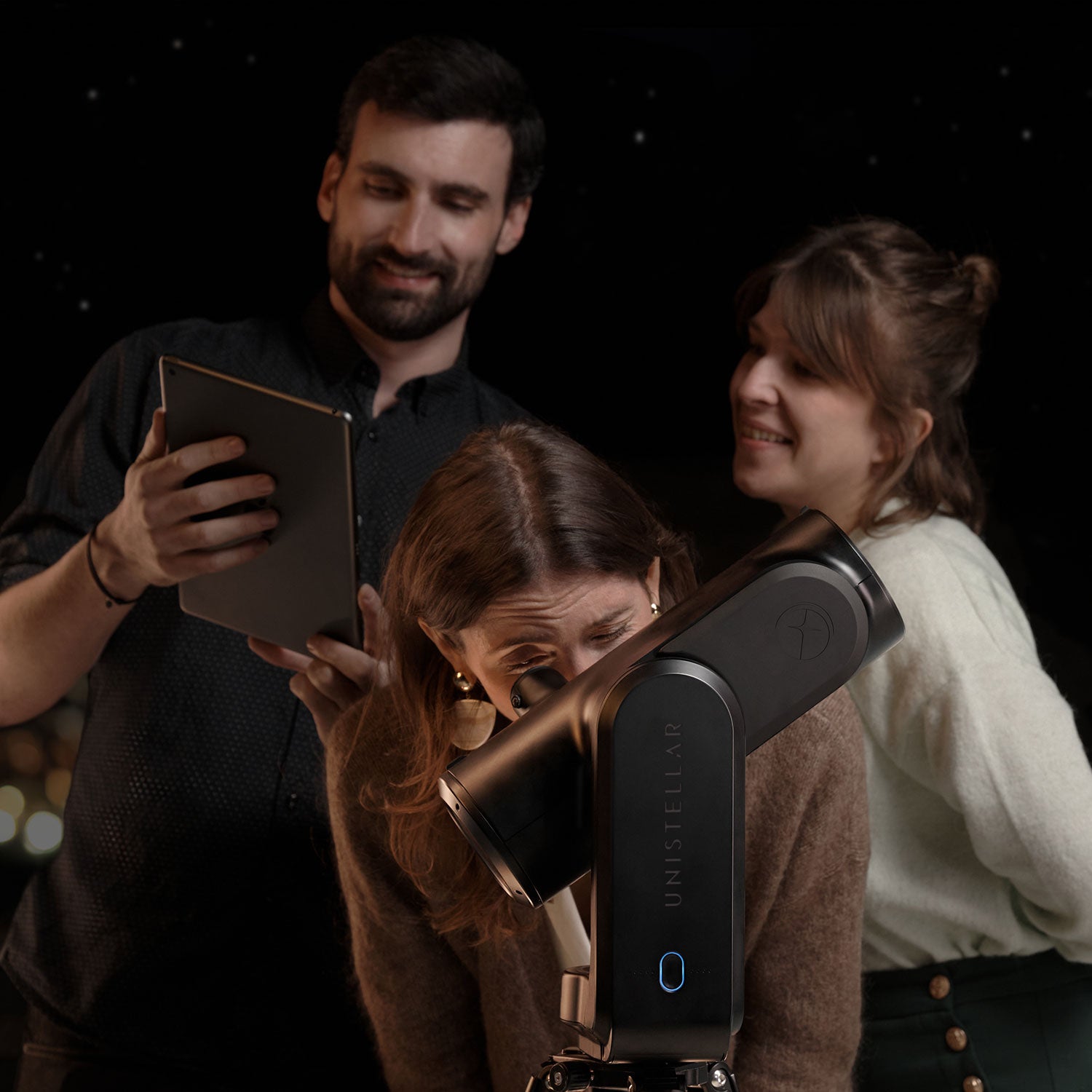Gary Goble and the Allende Meteorite Capsule
"What are we doing here? We're reaching for the stars!"
- Christa McAuliffe
Scott Roberts dedicated the first Allende Meteorite Capsule to his lifelong best friend, Gary Goble. In 1968 in Grand Prairie Texas, Scott Roberts first met Gary Goble in their 3rd-grade class at Crockett Elementary School and they instantly became best friends. They spent much time playing games and riding their bikes as boys do. An event that made a big impression on Scott was the time that two larger boys decided that they wanted to take his new bicycle, Gary faced off with both bullies telling Scott to ride away. He never forgot that moment.
After school ended, Scott moved away with his family, and Gary moved too. Nearly 50 years passed but Scott always felt that Gary was his best friend. They reunited in 2016 after Scott found him with background check software. "I put in the last place where I knew he lived and two names came up with phone numbers and email addresses. I left messages for both of them, but after a couple of weeks there was no answer, and I felt that if I couldn't find him that I would give up the search".
Then an email arrived, with a subject line "I thought this was spam". In the email were two images: a copy of Gary and Scott's 3rd grade class photo, the only school photo that Gary had during his school years, and on the reverse side of that class photo in Gary's third-grade handwriting was "Scott Roberts, My Best Friend".
Scott and Gary remain best friends to this very day.
About the Allende Meteorite

A huge bolide fireball lit up thousands of square miles of Northern Mexico and Southwestern United States at 1:05 a.m. February 8th 1969. The fireball travelled in the compass direction of 37 degrees from southwest to northeast. Upon exploding in an airburst, the meteorite shower spread over an area of 50 square kilometers area over the Pueblito de Allende area in Mexico. There were several impact pits; the largest was 15 cm deep by 60 cm across. Search and preliminary investigation of the meteorites were carried out by Dr. E. King (NASA), Drs. B. Mason and R. Clarke (Smithsonian Institution, Washington, USA) and others.T
Called the "Allende Meteorite" it is a rare carbonaceous chondrite meteorite that fell in 1969 in Mexico. It contains alien elements and amino acids not found on Earth — opening up a new window into the secrets of the universe.

The observed direction of the fall of the Allende Meteorite near Pueblito de Allende in Mexico.
The meteor fell near the village of Pueblito de Allende in February 1969. This rare meteorite has white inclusions and chondrules in a dark matrix. The inclusions are composed of minerals believed to have condensed at high temperatures from a gas having the composition of the Sun, and their time of formation is older than that of any other known solar system material. Allende contains a complex matrix of pre-solar and interstellar grains of elements, amino acids, (some not found on Earth), and tiny diamonds. It is one of the most studied meteorites in the world.

